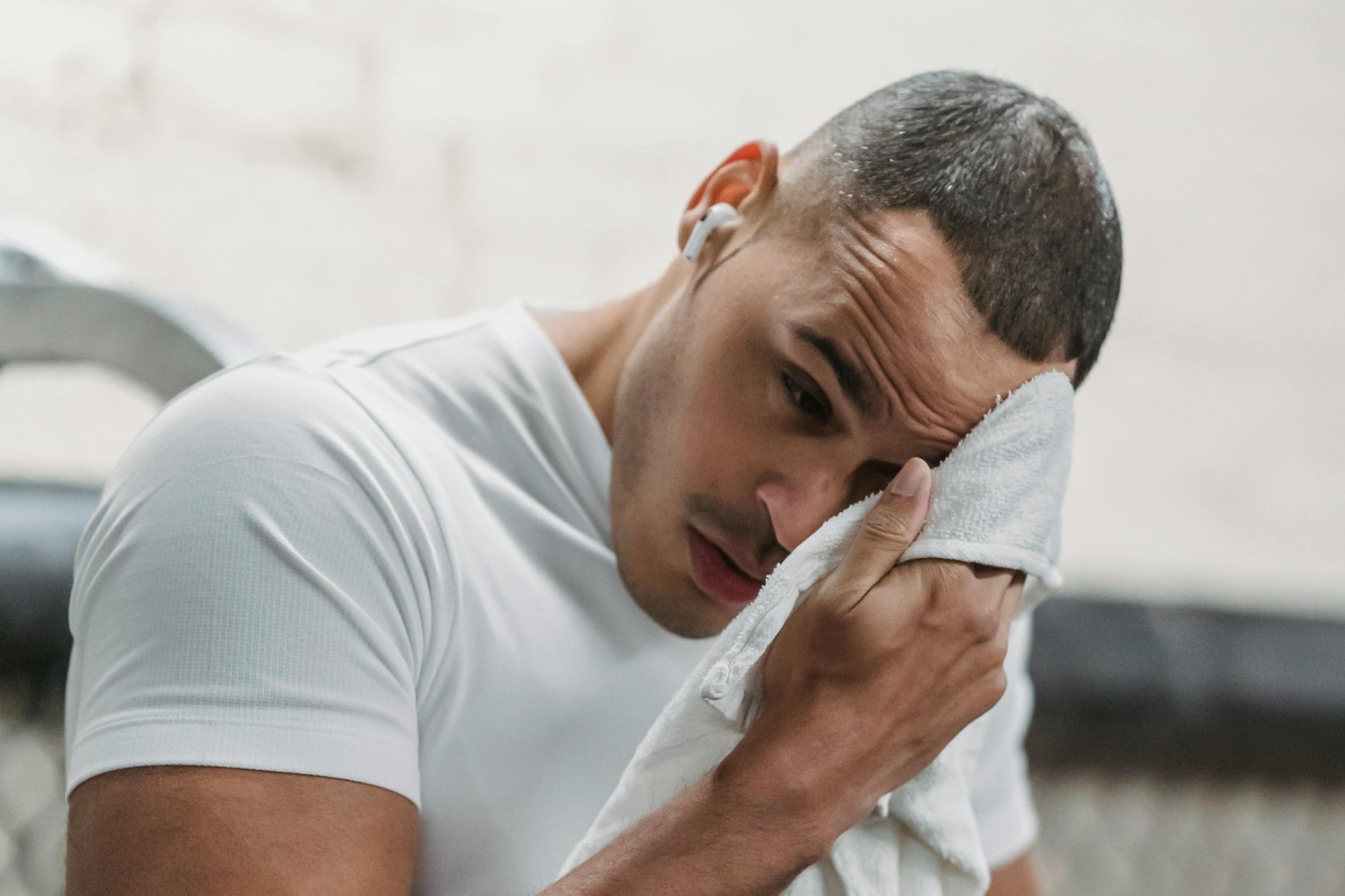Dealing with Extreme Heat
When the weather gets a lot hotter and more humid than usual, it can lead to serious – and life threatening – illnesses. In extreme heat, the human body must work extra hard to cool itself to a normal temperature. Heat exhaustion and heat stroke happen when the body can’t cool itself. In fact, extreme heat is the most common cause of weather-related deaths each year.
The good news is that most heat-related deaths are preventable. Follow these suggestions to stay safe.
Know Your Risk
Usually, our bodies sweat to cool us off. During extreme heat and/or high humidity, sweating isn’t enough. If your body temperature rises faster than your body can cool down, it can cause damage to the brain and other organs.
You are at greater risk for heat-related illness if you have any of the following:
Obesity
Fever
Dehydration
Prescription drug use
Health disease
Mental Illness
Poor circulation
Sunburn
Alcohol Use
Know the Symptoms
The right response depends on the symptoms you have.
-
Symptoms:
• Muscle pains or spasms in the stomach, arms or legs
If you have signs of heat cramps:
• Go to a cooler location, remove excess clothing, and take sips of sports drinks or water.
• Call your health care provider if symptoms get worse or last more than an hour.
-
Symptoms:
• Heavy sweating
• Paleness
• Muscle cramps
• Tiredness
• Weakness
• Fast or weak pulse
• Dizziness
• Headache
• Nausea and vomiting
If you have signs of heat exhaustion:
• Go to a cooler location, remove excess clothing, and take sips of sports drinks or water.
• Call your health care provider if symptoms get worse or last more than an hour.
-
Symptoms:
• Body temperature above 103 degrees F (taken orally)
• Red, hot, and dry skin with no sweat
• Rapid, strong pulse
• Dizziness, confusion, or unconsciousness
If you suspect heat stroke:
• Call 911 or get to the hospital immediately. Do not give the person anything to drink.
Take Care of Yourself
Learn to recognize the signs of heat illnesses.
If air conditioning is not available in your home, identify places in your community where you can go to get cool, like these cooling locations in Muncie.
Don’t do things outside that use a lot of energy, especially during midday heat. Normal activities like lawnmowing and running can easily lead to heat exhaustion.
Take cool showers or baths. Wear loose, lightweight, light-colored clothing.
Drink more fluids, regardless of how active you are. Don’t wait until you’re thirsty to drink.
Stay away from sugary or alcoholic drinks—these cause you to lose more body fluid.
Wear sunscreen to avoid sunburn that makes it harder for your body to cool down. Use broad spectrum sunscreen with an SPF of at least 30.
Prepare Your Home
Don’t rely only on a fan as your primary cooling device. Fans create airflow and comfort, but they do not reduce body temperature or prevent heat-related illnesses.
Cover windows with drapes or shades. Weather strip doors and windows.
Use window reflectors designed to reflect heat back outside.
Use your oven less.
Add insulation to keep heat out.
Use a powered attic ventilator or attic fan, to regulate the heat level by clearing out hot air.
Install window air conditioners and insulate around them.
If you are unable to afford your cooling costs, weatherization or energy-related home repairs, contact the Low Income Home Energy Assistance Program (LIHEAP) for help.
Protect Others
Never leave people or pets in a closed car on a warm day. Cars quickly heat up to dangerous temperatures, even with a window cracked open. Children are especially at risk.
To remind yourself that a child is in the car, keep a stuffed animal in the car seat. When the child is buckled in, place the stuffed animal in the front with the driver.
Check on family members, older adults, and neighbors.
If your pets are outside, make sure they have plenty of cool water and access to shade. Asphalt and dark pavement can be very hot to your pet’s feet.
Sources: U.S. Department of Homeland Security, U.S. National Weather Service
Additional Resources:
“Heat-Related Illnesses” flier, Centers for Disease Control and Prevention
Extreme Heat Safety Checklist, American Red Cross

